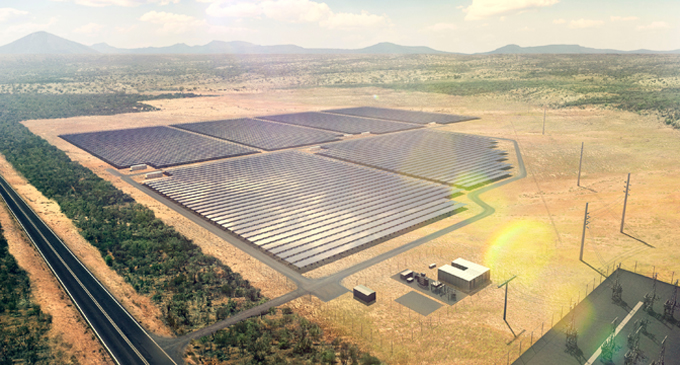Broken Hill is iconic of Australian mining, and so important to the country’s mining history that it was added to the National Heritage List in 2015. At its zenith, roughly 30,000 people called Broken Hill home, 3,500 of whom worked in mining. As the town’s resources dwindled, so did its population. Today, there are only 18,000 people and 500 miners.
One resource that’s in abundant supply is sunlight. A 3MW solar plant AGL built there in 2015 is one of two New South Wales (NSW) solar farms that take advantage of the region’s plentiful sunlight. The Broken Hill and Nyngan projects, which were funded by the Australian Renewable Energy Agency (ARENA) and the NSW Government, have jumpstarted solar manufacturing in the state.
The supply chain established to build the plants is now streamlined to the point where costs have fallen for the entire solar industry. Manufacturers also stand to benefit. For example, AGL’s Adam Mackett says a plant in the struggling car industry retooled to make parts for the solar panels, and now has the capability to serve the entire solar industry.
As companies learn, costs fall, and with them government subsidies. While getting the Broken Hill and Nyngan plants online required subsidies of about $1.50 per watt, that figure tumbled to 19c per watt last year.
Still, sunlight is attracting more than just investment in solar power; it’s drawing tourism and artists too. It’s even changing the focus of local art from mining to images of nature and renewable energy projects, Susan Thomas, the chief executive of the Broken Hill Art Exchange, says.
“Broken Hill Art Exchange has had quite a focus on environmental projects. [There] has been a focus on solar power and new technologies and how art integrates with those new innovations,” she told The Guardian. “We run an artists’ residency here, and there’s been a number of artists who have wanted to come to Broken Hill and engage with the new technologies that are developing.”
Read the full article in The Guardian.

